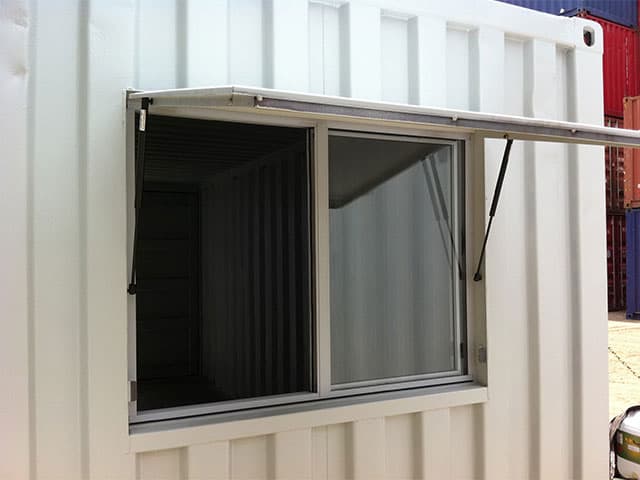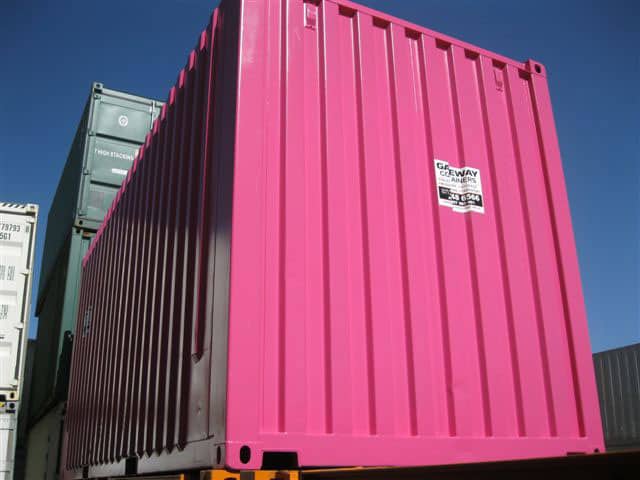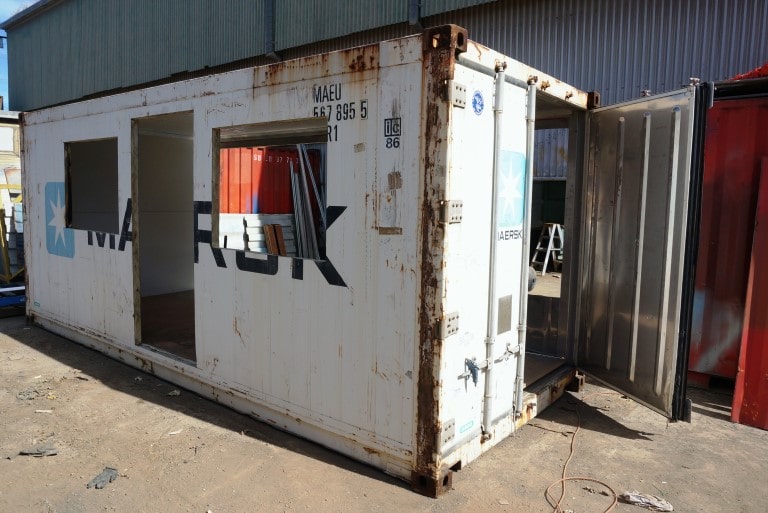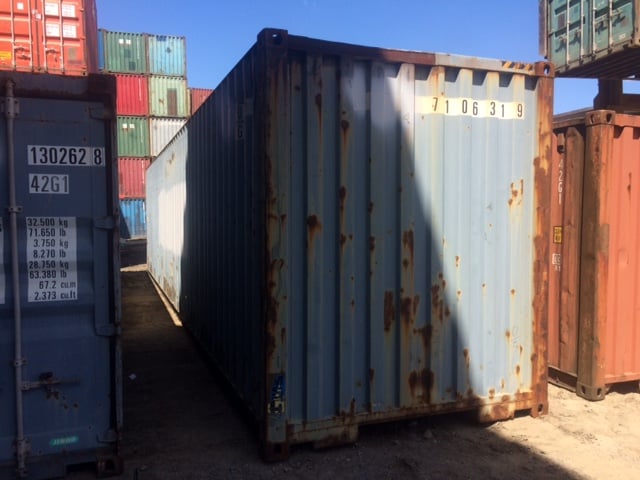Time and time again we say that shipping containers make an ideal building block for constructing new homes and offices. While this is true, there are always pitfalls and shortcomings of any building method or construction material. All too often people jump into shipping container projects without doing the proper research beforehand, and can run into issues that could have been avoided had they known better in the first place.
Here are some of the common issues that people have found when building with shipping containers, and some tips on how to avoid them to ensure your next shipping container building project goes off without a hitch.
7 Mistakes that Container Home Builders Wish They Could Have Avoided:
1. Not Making An Effort to Understand the Building Consent Process
It doesn’t matter where you are constructing your shipping container building, there are going to be rules and regulations you have to follow, whether they are environmental, structural, or any other of a number of local issues that you will need to be aware of. These differ from community to community and from country to country. Don’t simply rely on second hand information that you’ve found on the internet. Do your research beforehand and talk to local and state authorities to ensure that your shipping container home is compliant when it’s at the planning stage, not when you are half way through construction.
It will be far more cost effective to make a few changes to the plans with your architect and structural engineer than it will be once everything is in place and welded together. All it takes is a few phone calls or emails once your plans are complete – don’t miss out on this crucial step.

2. Neglecting to Insulate Your Shipping Container Home Properly
Shipping containers are designed to safely move goods from one port to another, not to keep them a consistent temperature (unless of course they are insulated or reefer shipping containers). This means that, unless you have properly insulated or cladded your shipping container, it’s going to be hot in summer and cold in winter. You’ll need to be complaint with any local building regulations regarding insulation and ensure that your container home meets any minimum ratings for thermal insulation.

3. Purchasing Second Hand Shipping Containers Without Checking Condition
Shipping containers can take an absolute battering when they are in use, whether it’s being lashed by waves at sea, or getting knocked about by errant fork-hoist drivers. No two second hand shipping containers are ever the same. Take the time to understand what the different condition gradings mean when you are purchasing your second hand shipping containers. Only purchase your second hand shipping containers from a reputable and trustworthy shipping container company (such as Gateway Container Sales & Hire) and inspect them before collection.
4. Neglecting to Budget For Contingencies
If anyone has ever watched a TV show such as Grand Designs, they’ll know that almost every single construction project that differs from a cookie cutter house has unforeseen events impact on it at some stage. Budget for contingencies and always have a plan B. That way if something arrives late, the weather changes or there is a major strike, you are still able to continue building, have an alternative source or whatever you need to ensure that everything still works out in the end.
5. Not Sourcing the Right Contractors For Second Hand Shipping containers
Working with second hand shipping containers is different than working with traditional building materials. First of all you will be welding rather than nailing most of your building together and dealing with rectangular load bearing surfaces which are strongest at the corners. Talk to the team at Gateway Container Sales & Hire to find out who are the best contractors in your area who have experience in working with containers or take the time to research construction methods unique to shipping containers.
6. Only Cut Shipping Containers When You Need To – And Don’t Forget to Reinforce Them
Shipping containers are designed to be strong – strong enough that they can hold tons of products and be stacked up to nine high when stacked vertically. They aren’t, however, initially designed to be cut and rejoined at odd angles. This means that while they are versatile building blocks for any manner of building projects, all doors, windows and other container modifications will have to be strengthened adequately to ensure that they are structurally sound, especially if they are part of load bearing walls. Ensure that they are welded properly and all cut outs have been approved by a structural engineer so that your new shipping container building is safe and will last the test of time.

7. Not Using High Cube Containers for Building When They Were Available
Another secret tip for our container home builders – the existence of high cube containers. These containers are far less common than other shipping containers, but make a secret weapon for container home builders. These shipping containers are slightly higher than standard shipping containers, adding extra headroom to your building projects and making rooms less claustrophobic. While by no means necessary for shipping container construction, any extra space is a bonus, so don’t forget to ask if these are available before starting your next project.

Plan a Trouble Free Container Building Project – Call Us Today!
Get in touch with the team of experts at Gateway Container Sales and Hire. Their many years of experience means that they’ve been there, done that and seen it all when it comes to building projects involving second hand shipping containers. They’ll run through the risks involved with a project and help put you in touch with experts who can give you peace of mind, and when you are ready to start, they’ll supply the best containers for the job. Call us today for a free quote.





